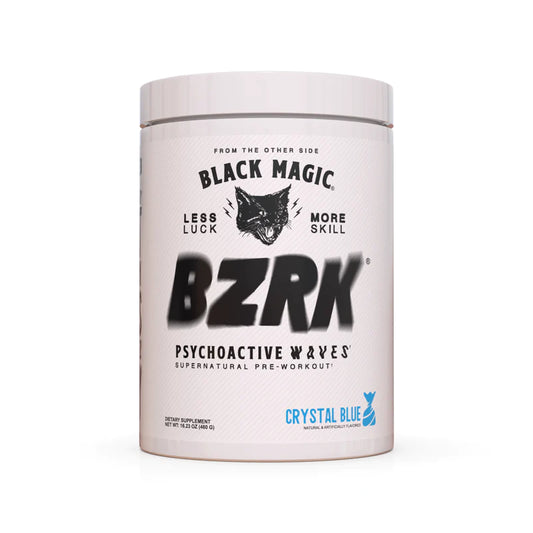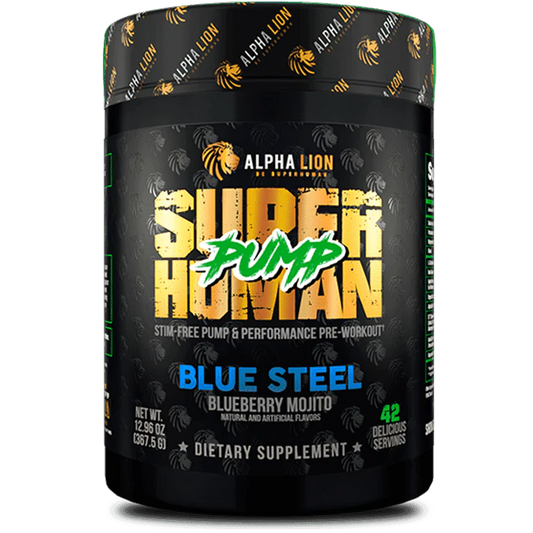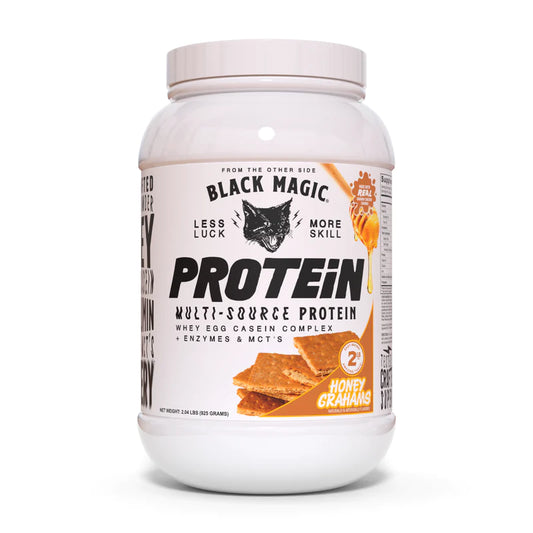Superdrol, also known as methasterone, is a powerful and controversial prohormone that gained popularity in the bodybuilding community in the early 2000s. Marketed as a "legal steroid" alternative, Superdrol promised to help athletes pack on lean muscle mass and strength with seemingly minimal side effects. However, Superdrol's legality would become a point of contention, leading to its eventual ban in most countries. In this blog post, we'll take a deep dive into the history, effects, and legal status of this once-popular muscle building supplement.
What is Superdrol?
Chemically known as 2α,17α-dimethyl-5α-androstane-3-one-17β-ol, Superdrol is a synthetic anabolic-androgenic steroid (AAS) and prohormone. It was first synthesized by the pharmaceutical company Anabolic Research in the 1960s but was never marketed as a prescription drug.
Superdrol is structurally related to other anabolic steroids like Anadrol and methyldrosterone, but with some key modifications. The addition of a methyl group at the 2 position allows it to be orally active and enhances its anabolic to androgenic ratio. Superdrol was also designed not to aromatize into estrogen or produce DHT byproducts, which theoretically should reduce estrogenic and androgenic side effects.
The intended effects of Superdrol were similar to traditional AAS drugs - increasing protein synthesis and nitrogen retention in the muscles to promote faster growth and recovery. But as a "prohormone" rather than a pure steroid, Superdrol was able to skirt regulatory agencies and be sold over-the-counter as a sports supplement.
The Rise and Fall of Superdrol
In 2005, Superdrol re-emerged from obscurity and was brought to market by designer steroid company Anabolic Extreme. Touted as a powerful muscle builder with minor side effects, Superdrol exploded in popularity seemingly overnight.
During this time, prohormones occupied a legal grey area due to loopholes in supplement regulation. This allowed Superdrol to be sold freely on store shelves and online retailers. Almost overnight, Superdrol and other methasterone-containing supplements appeared on the market professing steroid-like effects.
However, in 2006 the Anabolic Steroid Control Act was updated to specify that methasterone and other substances were controlled as anabolic steroids. This led to a widespread ban of Superdrol and other prohormones. Yet due to its lucrative appeal, methasterone continued to be designed, rebranded, and sold illegally after the ban. Authorities performed several large seizures of methasterone-spiked supplements as recently as 2012.
Today, Superdrol remains classified as a Schedule III controlled substance in the United States. Those found in possession without a prescription face stiff fines and possible jail time. However, illicit manufacturing continues and black market methasterone still finds its way into bodybuilding circles.
Effects of Superdrol
During its brief run of legality, Superdrol developed a reputation for being an extremely potent muscle builder with low androgenic side effects. But Superdrol's marketed effects were greatly exaggerated, and its real pharmacological effects differ.
Some of Superdrol's effects on the body include:
- Increased Protein Synthesis - Superdrol primarily works by increasing nitrogen retention and protein synthesis in the muscles. This provides an anabolic effect by accelerating muscle repair and growth.
- Enhanced Strength Gains - Users often report significant boosts in muscular strength, stamina, and power. Effects become noticeable within weeks.
- Lean Muscle Growth - Superdrol promotes lean, dry gains in muscle mass without water retention. Weight gain from Superdrol is primarily due to growth of lean tissue rather than fluid retention.
- Fat Loss - Due to its inability to convert to estrogen, Superdrol assists fat loss and producing sharper muscle definition. However, this effect is modest compared to dedicated cutting steroids.
- Minimal Estrogenic Activity - Unlike testosterone and some other steroids, Superdrol does not aromatize to Estrogen. This was promoted to produce lean, dry gains with reduced estrogenic side effects.
- Altered Cholesterol Levels - Oral steroids like Superdrol significantly impact cholesterol by lowering HDL and raising LDL levels. This effect is very dose dependent.
Despite marketing claims of minimal side effects, real-world experience exposed serious risks associated with Superdrol..
Side Effects of Superdrol
While initially promoted as having mild side effects, it soon became clear that Superdrol carried significant health risks:
- Liver Toxicity - Like most oral steroids, Superdrol is a 17aa steroid. This makes it resistant to breakdown and causes considerable liver strain even at moderate doses. Liver values are expected to rise exponentially with continued use.
- Cardiovascular Strain - The altered cholesterol profile from Superdrol can promote hypertension and increased hematocrit. Coupled with the liver toxicity, Superdrol provides a heavy burden on the cardiovascular system.
- Androgenic Effects - Although less than testosterone, Superdrol exhibits androgenic effects including acne, hair loss, body hair growth and potential enlargement of the prostate.
- Estrogen Rebound - The crash from Superdrol can precipitate an estrogen rebound once cycles end and natural testosterone recovers. This leads to temporary gynecomastia and water retention.
- Testosterone Suppression - As an anabolic steroid, Superdrol will fully suppress natural testosterone production while on cycle. Without a proper PCT, low T can persist for months after discontinuing use.
- Diminished Appetite - Many users report reduced appetite while on cycle, which may impact nutrition and diet goals. Aggressive caloric intake is needed when running Superdrol to offset this effect.
Given its toxicity, Superdrol requires prudent dosing, cycle limitations, and post cycle therapy to minimize health risks. However even at moderate doses, it provides a level of systemic stress disproportional to potential gains.
Superdrol Cycles and Dosages
In an effort to maximize results and minimize side effects, most users limited Superdrol cycles to 4-6 weeks at dosages of 10-20mg per day. However, even at these conservative doses sides were often harsh:
- Beginner Cycles - First time users were advised to start with just 10mg per day. But within two weeks, nearly all users experienced elevated liver enzymes and cholesterol imbalance at this dose.
- Intermediate Cycles - More experienced users opted for short 4 week cycles of 15-20mg per day. However, side effects at this dosage prove difficult for many to manage. Testosterone suppression was noticeable and low T recovery required lengthy PCT.
- Advanced Cycles - Hardened steroid veterans experimented with up to 30mg daily, but there appears to be no increased muscle building benefit above 20mg. At higher doses, hepatoxicity becomes life threatening.
Regardless of dosage or cycle length, all users were recommended to stay well hydrated, eat clean, avoid alcohol and acetaminophen, and limit cycles to 8 weeks total per year.
PCT and Support Supplements
Given its harsh effects on testosterone production and the endocrine system, comprehensive post cycle therapy is considered critical after a Superdrol cycle:
- Testosterone Base - Some users opt to stack Superdrol with a testosterone base or testosterone boosting compounds like HCG to ameliorate testosterone suppression.
- SERMs - Selective estrogen receptor modulators like Tamoxifen are used to kickstart natural testosterone recovery. A typical PCT lasts 4 weeks after the cycle.
- Cycle Support - On-cycle supplements like milk thistle, NAC, and tudca may provide some protective effects on the liver, blood pressure, and cholesterol levels.
However, PCT protocols cannot fully alleviate Superdrol's multi-system toxicity. Strict cycle limitation is critical to avoid permanent androgenic or organ damage.
Why Was Superdrol Banned?
Although initially timed to capitalize on prohormone loopholes, Superdrol was deemed an anabolic steroid in 2006 and classified as a controlled substance for several key reasons:
- Side Effect Profile - Beyond the marketing hype, Superdrol had unacceptable toxicity even at conservative doses, especially long-term. No medical benefit justified its recreational use.
- Similar to Anabolic Steroids - Pharmacologically, Superdrol shared mechanisms of action, effects, and risks comparable to traditional illegal steroids.
- Performance Enhancing - Superdrol provided a degree of performance enhancement on par with moderate doses of illegal steroids. This constituted an unfair and unsafe advantage in competitive athletics.
- Adverse Health Outcomes - During its brief period of widespread use, Superdrol was linked to several hospitalizations from liver failure or cardiac complications.
While some argue that Superdrol should be available to informed adults, there is little debate in the medical community that its ban is justified to protect consumer health and safety.
The Bottom Line on Superdrol
During its brief tenure, Superdrol gained notoriety as a potent oral muscle builder with seeming mildness. But real-world experience exposed serious risks even at moderate doses.
While Superdrol will likely retain a loyal underground following, its toxicity does not justify benefits. Even among oral AAS, Superdrol provides a disproportionately high level of liver, cardiovascular, and hormonal strain.
Responsible alternatives exist including optimized nutrition, intelligent training, and adequate recovery. With realistic expectations and sound bodybuilding fundamentals, exceptional physiques can be built without resorting to hazardous experimental compounds.
In summary, Superdrol is an example of excess in exchange for excess, where extreme muscular results come at the price of extreme health risks. Yet for most trainees, there exist safer roads to reach our body goals. When used judiciously and legally, anabolic compounds have their place - but Superdrol has clearly demonstrated more risk than reward.



